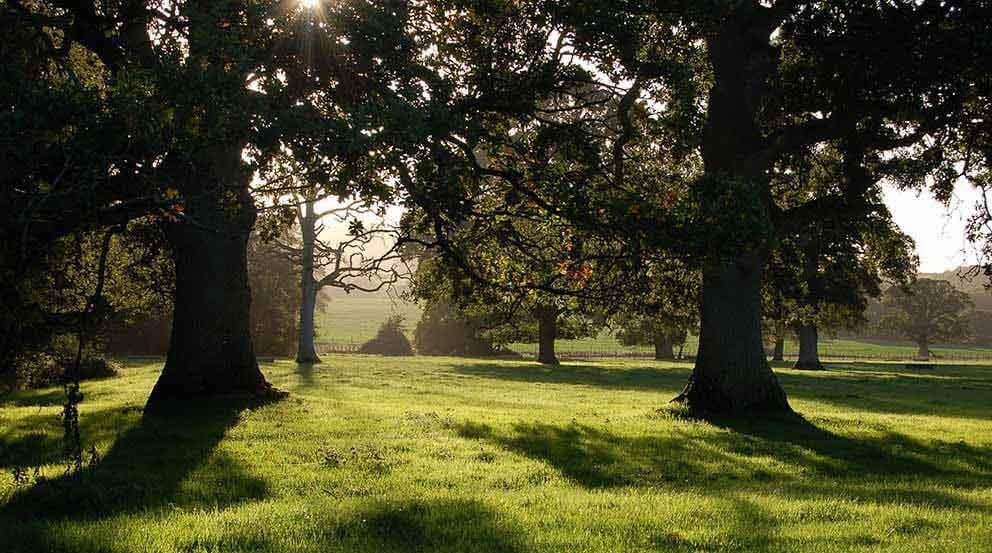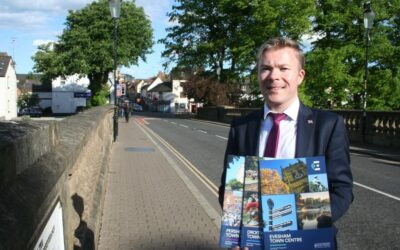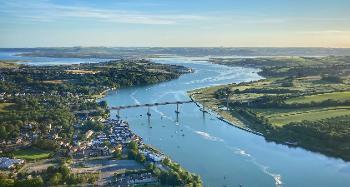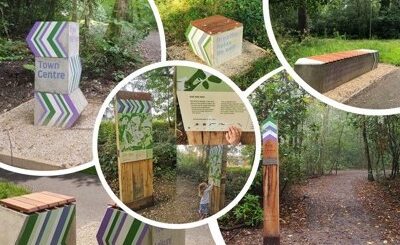East Devon District Council: Clyst Valley Regional Park
The project
The Clyst Valley Regional Park (CVRP) is an area of green and blue space covering approximately 6,000 acres in the west of East Devon and to the north and east of the city of Exeter. The plan is to deliver high quality, nature-rich public open spaces and traffic free trails to serve one of the fastest growing areas in the country.
Around £1.5 million of funding (public and private) has been secured to implement the proposals to date. Already the council has delivered two “springboard” projects to give the fledgling park wings and bought its first area of publically accessible natural greenspace.
The council’s ambitious 25-year masterplan was a finalist at the 2022 Royal Town Planning Institute’s national awards for planning excellence (and won the regional award outright).
The population of East Devon is growing at more than twice the national average, not least du to the development of the new town of Cranbrook. The council has a particular challenge to accommodate large scale residential and commercial development within a very high quality natural environment which includes two European protected wildlife sites. The CVRP will help to ensure that the local population can enjoy excellent access to the environment with associated health and wellbeing benefits.
In creating the UK’s newest regional park, the council is implementing the recommendations of the Future Parks Accelerator, an innovative partnership which is enabling local authorities and communities to take a longer term, strategic approach to urban green space. It is a collaboration between the National Lottery Heritage Fund, National Trust and the Department for Levelling Up, Housing and Communities (DLUHC).
A report commissioned by the National Trust on behalf of the project partners recommended creating 10 large-scale regional parks in the urban fringe at a national level. Using the “Greenkeeper” tool and Green Book compliant methods, these urban parks will generate £600 million per annum in health benefits, contribute 8% of the national tree planting target and provide £2 of health and amenity benefits for every £1 invested over 30 years.
The benefits
Over 1,650 residents receive the council’s newsletter, a great many of whom have attended guided walks, bike rides, and conservation volunteering activities. The project has developed the skills and confidence of 500 public volunteers. 300 schoolchildren have been given the chance to experience drama, historic re-enactment and tree-planting, many of whom from Cranbrook have under developed gross motor skills and are on free-school meals.
30 local businesses have been directly supported including countryside managers, designer, artists, food and drink, accommodation, bike hire, to name but a few.
The council has purchased 25 acres of land to be transformed into the first council-owned publically accessible natural greenspace in the regional park. 5,000 native broadleaved trees have been planted by 400 volunteers and 200 schoolchildren from local schools. Three orchards have been planted and 325 ancient trees recorded by volunteers including a 700-year old oak. 35 acres of historic parkland have been restored. The first outdoor theatre has been staged as a cultural project in Cranbrook healthy new town.
Thriving weekly wellbeing walks have been started. Surfaces, signage and gates along five kilometres of path have been improved to enable less-abled to enjoy the park.
From surveys of 10 farms, the council has calculated the “strike price” that would enable landowners to increase tree cover from 10% to 30 % as part of the “Clyst Canopy” project. The council has also identified a local business willing to invest. The Clyst Canopy operates at a catchment scale of 1,500 square kilometres to improve water quality in the River Clyst and tributaries and to reduce flood risk through natural flood management. The council has an ambitious target for 80 kilometres of traffic free trails linking seamlessly to buses and trains. The construction of the first parts of the multi-use Clyst Valley Trail, a 13 kilometre route, and public consultation have been completed.






